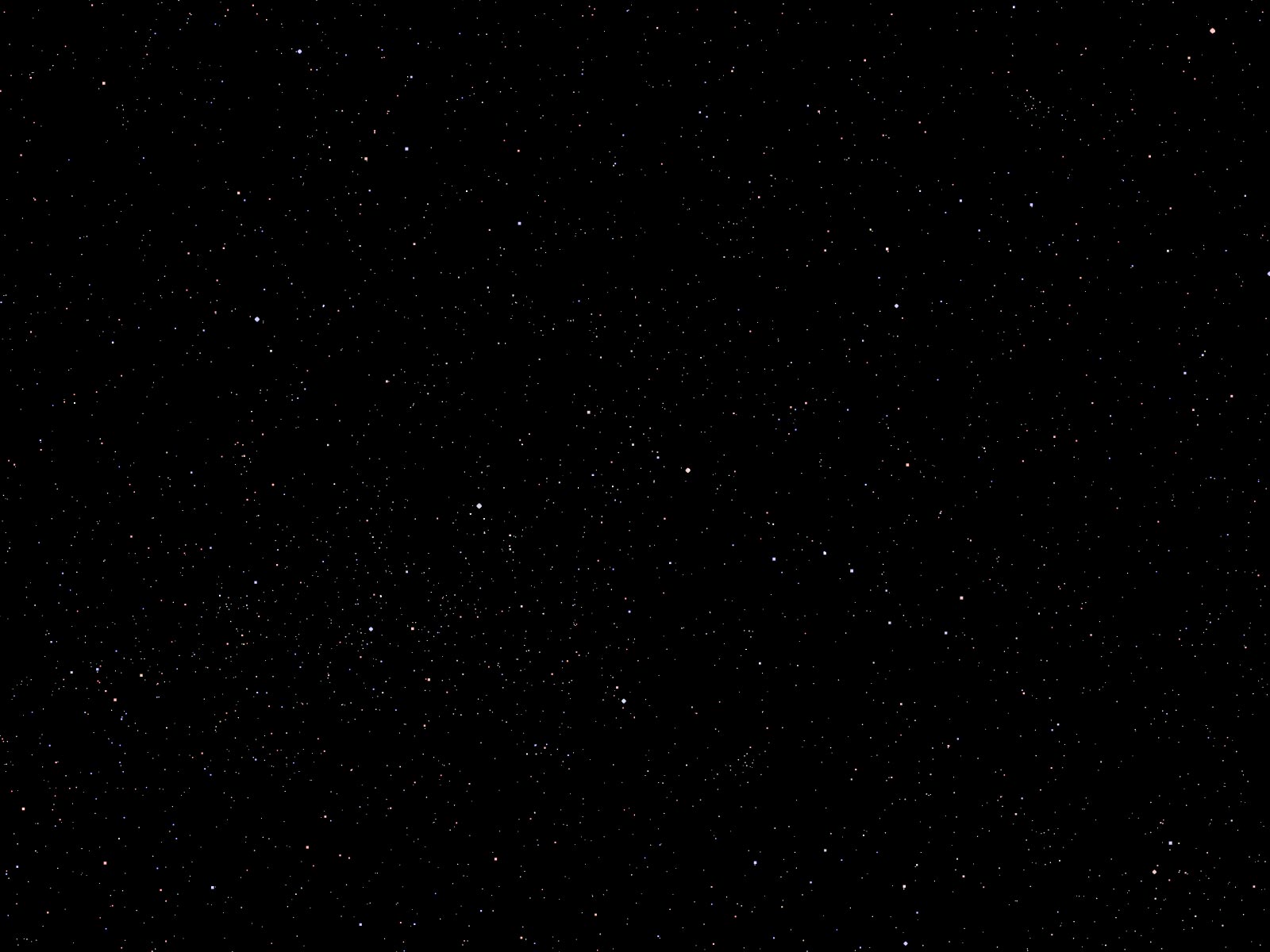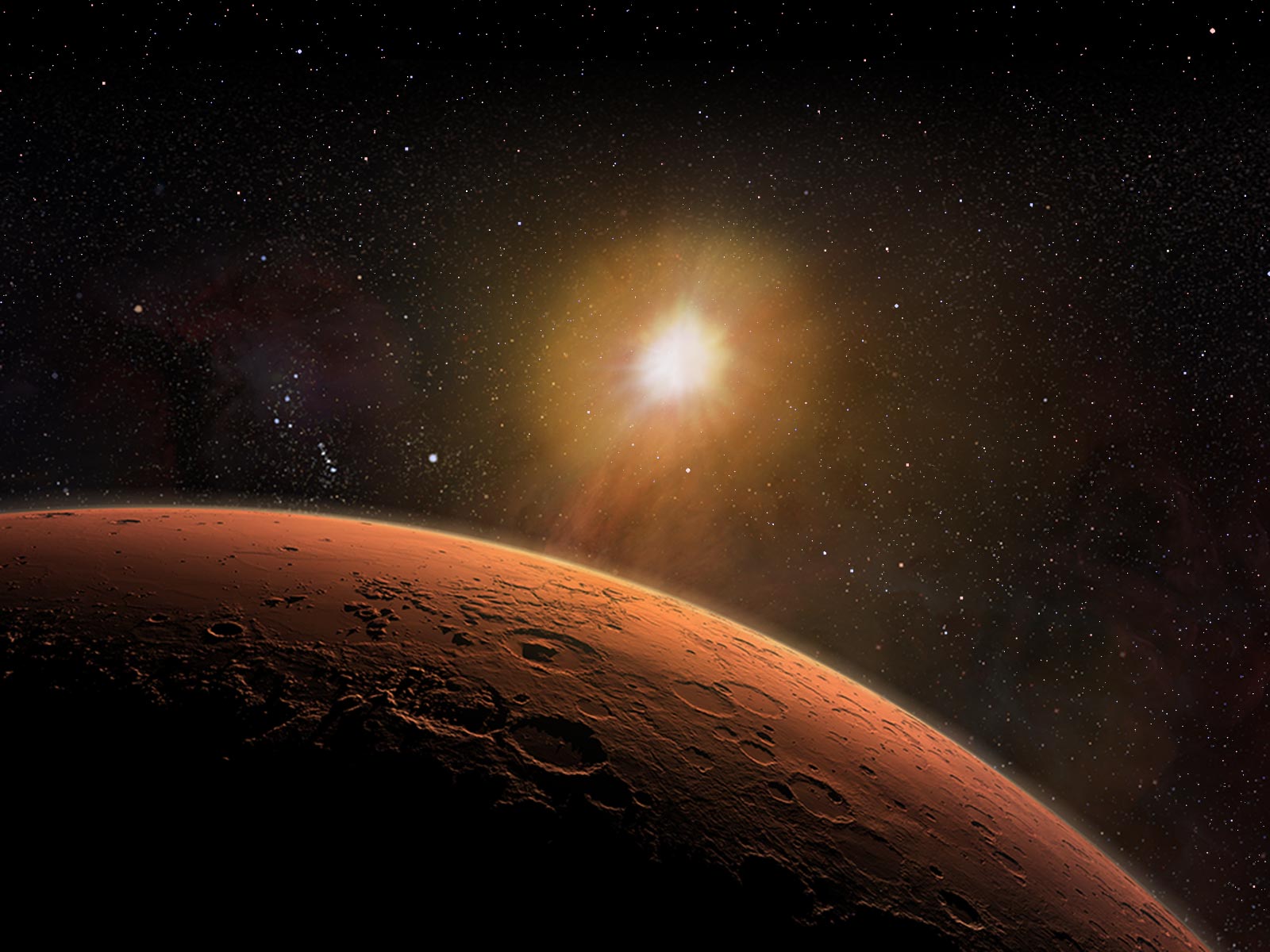


 The University of Mars — Encyclopedia
The University of Mars — Encyclopedia
(0:00 – 1:19)
Asteroids are pieces of rock and metal leftover from the first few million years of our Solar System when the planets are forming. Most of these asteroids orbit within the belt you're seeing, located between Mars and Jupiter. Some can even be closer. There is only a one-hundred million chance in any given year that large asteroids will hit Earth, but sixty-five million years ago, one did. It was about seven miles wide, traveling at forty-thousand miles an hour, and it was headed straight for Earth. But not the Earth we know today. This was long before human existed when the great dinosaurs around the planet. Unfortunately for them, that was about to change.
(1:20 – 2:22)
The asteroid hit in what is now Mexico. The impact created a fireball that scorched everything inside. Vaporized Earth and rock were blasted into space. As this material rained back down, it heated the atmosphere. Glowing debris slammed into Earth hitting again and again. Everything that could, caught fire. For an hour, temperatures across the globe rose to more than five-hundred degree Fahrenheit. Literally, as hot as an oven. Smoke and soot filled the atmosphere. For six months, it would be too dark for most plants to grow. Between massive destruction caused by the collisions and damages done by volcanic eruptions and changing sea levels, nearly three-quarters of all life on Earth went extinct. The age of dinosaurs was over.
(2:23 – 2:41)
But life is resilient and there were survivors. A few dinosaurs made it through, eventually evolving into our present-day birds. And some mammals survived as well, giving them a chance to evolve. In fact, without this collision, we might not be here today.